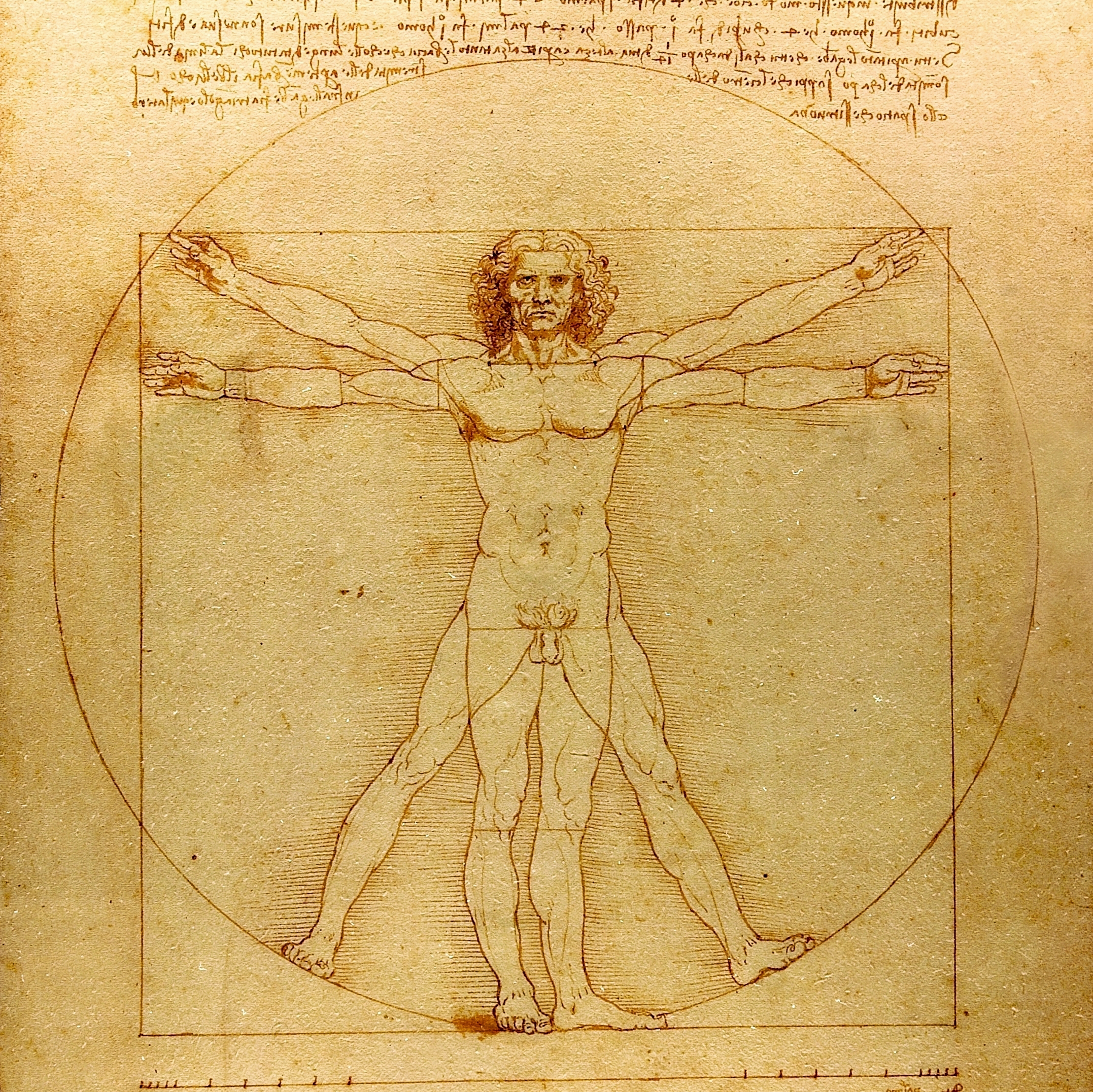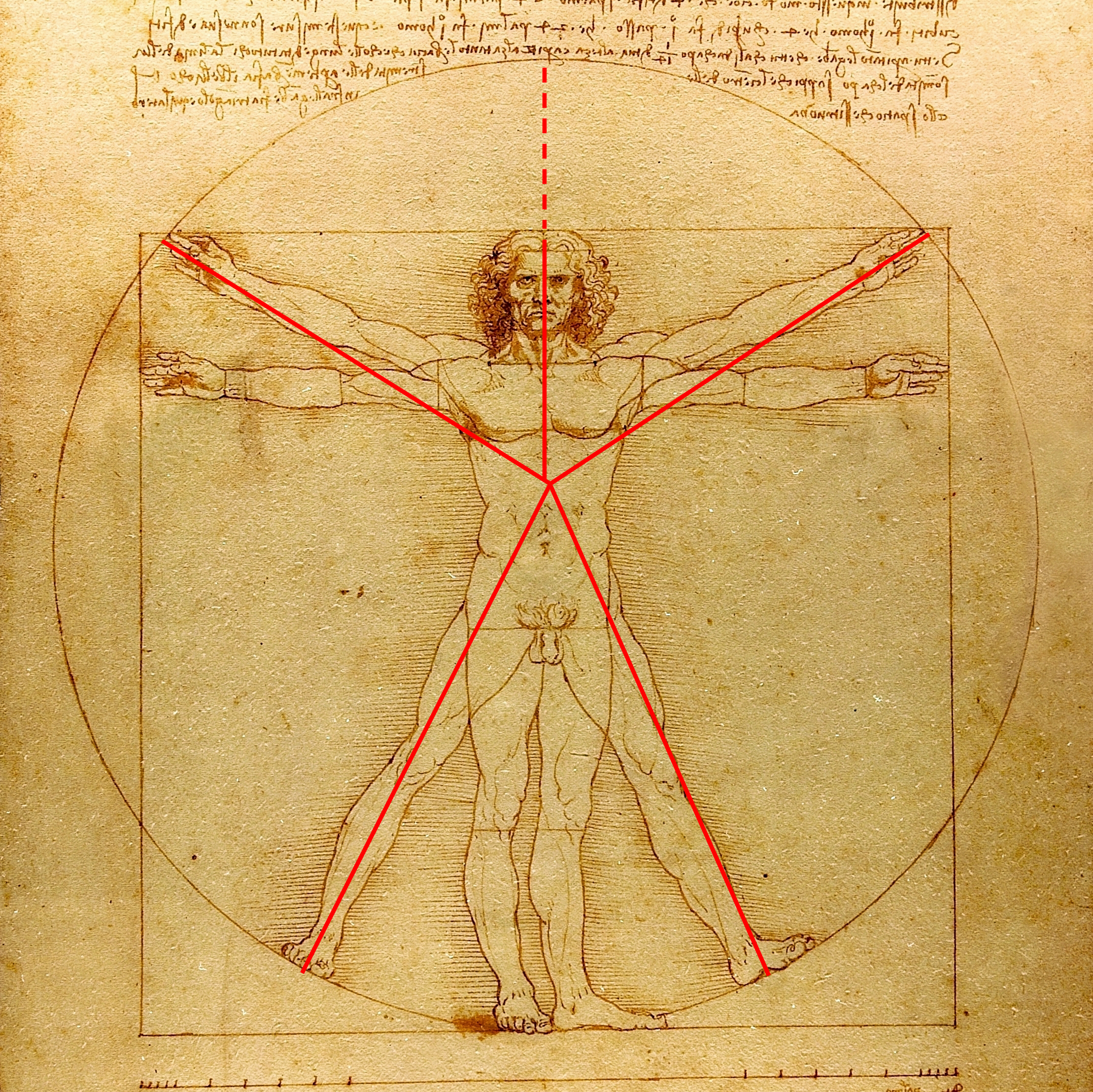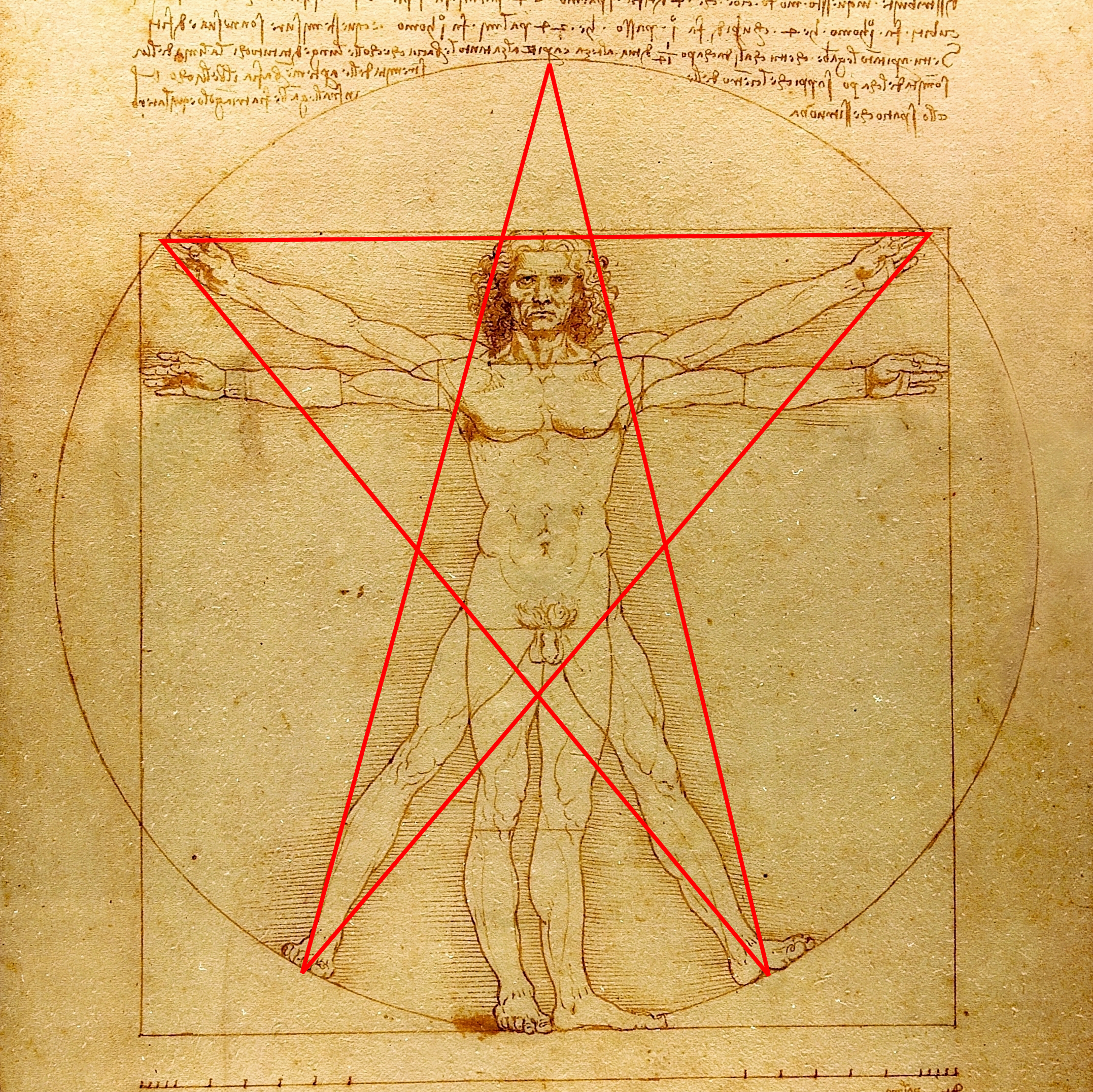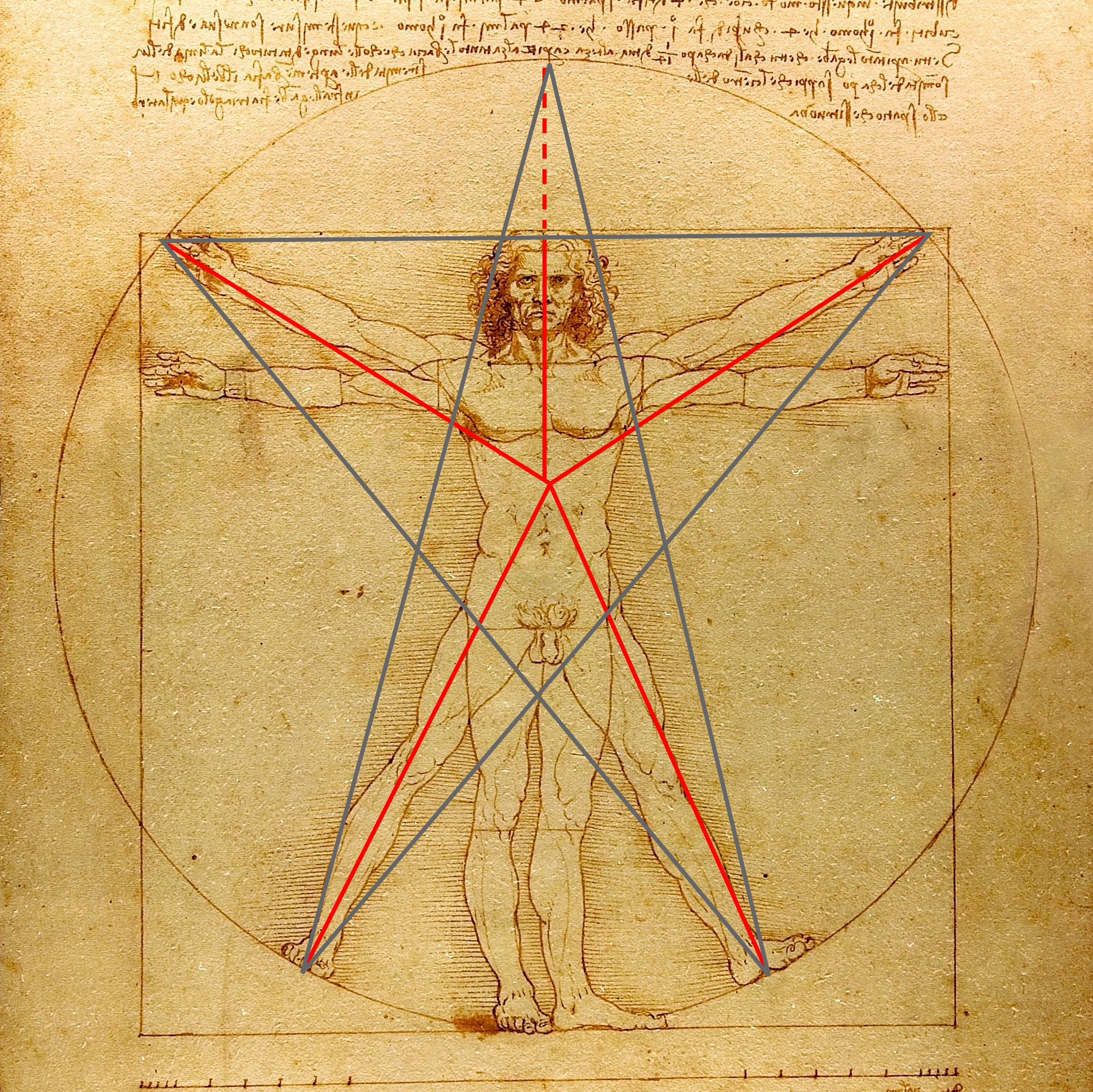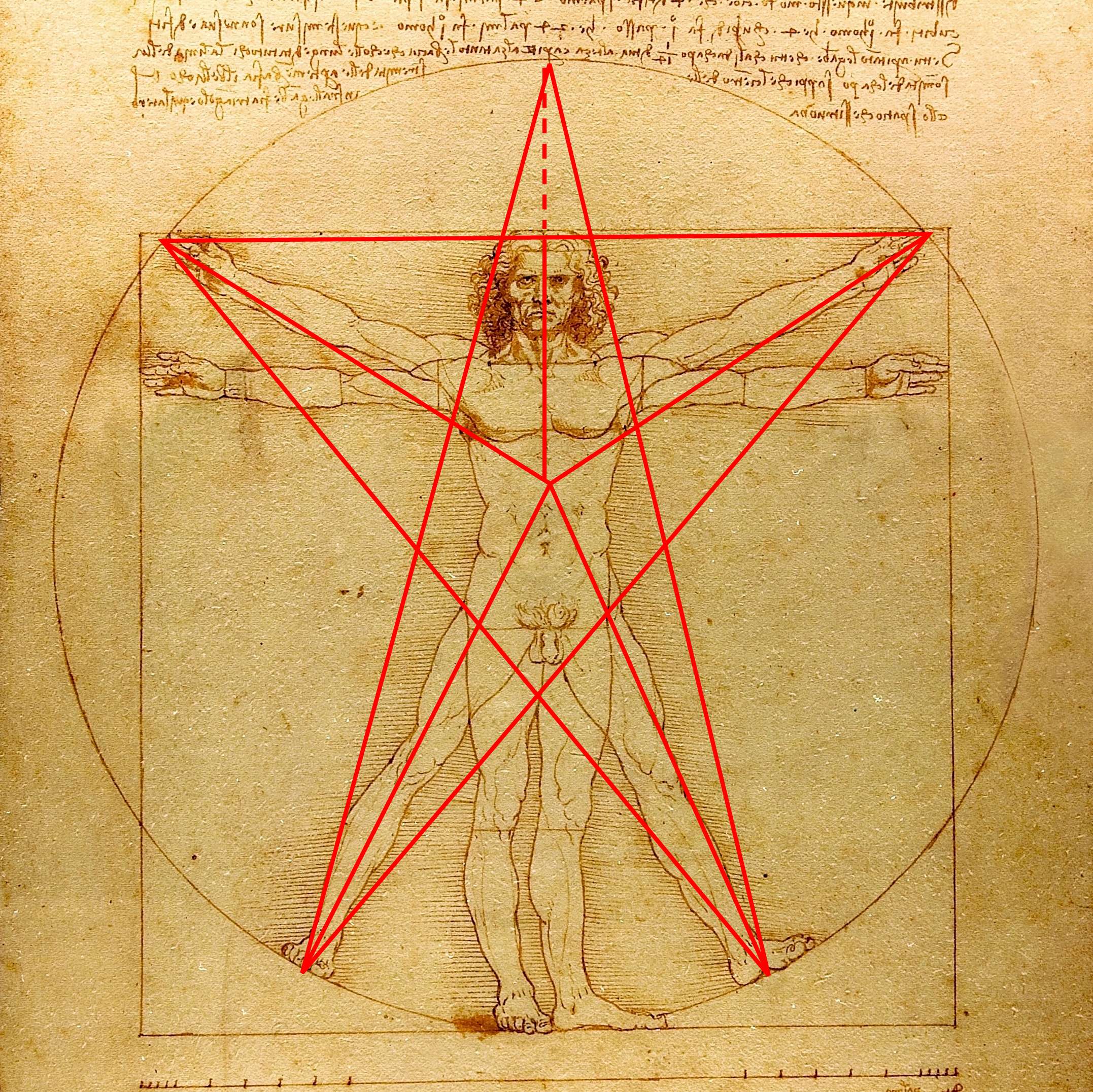
Aesthetic Anatomy - The PENTAD
AESTHETIC ANATOMY - The PENTAD
Physical & Energetic Integration of body | MIND
Aesthetic Anatomy - The PENTAD (5-Pointed Star) - is a way of looking at and practicing the alignment and posture of an individual's body. Every individual's alignment is a structural, physical demonstration of their anatomy: bones, joints, connective tissue and muscle in relationship to gravity. The posture of an individual reflects their personal relationship with their anatomy and alignment; and, how they individually demonstrate this relationship through standing, sitting, walking and laying down.
The philosophical approach of ken gilbert | EMBODYMENT is to look at, observe and witness alignment and posture from the inside out and from the outside in through the design of The PENTAD. Looking a the body aesthetically, rather than clinically, movement is most efficiently demonstrated from the “Center Core" or the center of the 5-Pointed Star as demonstrated in the spokes overlayed on the drawing of Leonardo da Vinci’s Vitruvian Man. The PENTAD of ken gilbert | EMBODYMENT is at the “Center Core” of the techniques and methodologies applied to Aesthetic Anatomy - steeped in body awareness, mindfulness and expressivity.
BODY Awareness - paying attention to Body sensations as a source of information about the body's actions and reactions to movement, thoughts and emotions.
MIND fulness - the act of a sentient-conscious Mind and Spirit while inhabiting the body.
EXPRESS Ivity - "ivity": a suffix for EXPRESS; though it is not quite a non-word, not simply improper or wrong it defines a state of the human experience that is expressed into the world. A unique sense of self, expressed in the moment of action.
Teaching & Learning
ken gilbert | EMBODYMENT is body-centered Somatics Education based on sourcing the action of isolated parts of the body that will later be engaged and integrated into whole body movement. This philosophy and application is based on the “Hierarchy of Competence” from Noel Burch by Igor Kokcharov. It suggests that individuals are initially unaware of how little they know, or unconscious of their incompetence. As they recognize their incompetence, they consciously acquire a skill, then consciously use it. Eventually, the skill can be utilized without it being consciously thought through: the individual is said to have then acquired unconscious competence.
Unconscious Incompetence - "I don't know what I don't know." - A place to start.
Conscious Incompetence - "I know what I don't know." - Entry into Body Awareness
Conscious Competence - "I know what I know when I put my attention on it." - Confidence in Awareness.
Unconscious Competence - "I know that I know." - Ready to challenge any movement through Awareness.
Ken believes that it is the personal integrity of an individual's body/emotional awareness and mental/spirit consciousness becomes a mindful way of living in a body.
Habitual Movement (Habit/reflex) verses Voluntary movement
Most bodies learn a movement or movement pattern through repetition. When a movement is repeated over and over again it can become an Habitual Movement whether or not it is efficient or "healthy". Voluntary Movement is the ability of the body and brain to work together - body awareness while being mentally conscious; when the chosen movement is efficient and dynamic for alignment and "right" posture for an individual, their body will assume the "new" movement into sustainable efficiency.
Proprioception & coordination
Proprioception and Interoception is the body's nervous system awareness of where it is in space and time. Proprioception from the outside and interoception from the inside. These are essential survival “reflexes” of the body. When movement is activated from proprioception and interoception the body feels safe and moves with a systemic (whole body) sensibility; rather than moving in pieces and parts. Coordination is the ability to engage the brain/body relationship into whole body movements stimulating several body parts simultaneously in a designed or chosen pattern or sequence. When proprioception and coordination unite the holistic quality of expression is accomplished.
5 Joint Actions of the SPINE
To have a healthy body an individual must move everyday to develop, maintain and sustain a healthy spine: Cervical (5 vertebrae), Thorasic (12 vertebrae), Lumbar (5 vertebrae), Sacrum (5 bones fused) and "Tailbone" - 26 bones connected by ligaments and muscle. In order to activate a healthy integration of body/mind and mind/body relationships through the nervous system the vertebrae and discs must move in their unique manner.
Forward Flexion - forward bending.
Extension - backward bending.
Lateral Flexion (and extension) - side bending.
Rotation - rotation on a axis.
Circumduction - pivoting on a point.
opposing forces
All through life, standing upright can become a "Pull Up" lifting the body alignment away from the compression of gravity. Also, creating physical and energetic traction by moving different parts of the the body in "opposing" directions. Aligning the spine; pelvis, chest and head to orient a posture in relationship to gravity. Organizing the bones and muscle through a softening and release of the Myofascia (connective tissue that wraps muscle and bone) memory which holds the body in positions and movements that are habitual and/or reflexive.
Mid-line & Plumb-line
Imagine looking down at the body from overhead or looking up from underneath the feet and visualize cross-hairs the are centered at the spine. There is a relationship between these four quadrants. Each of these contribute to the “pull-up” of the body; upward from gravity
Mid-Line - dividing the two sides of the body (left and right)
Plumb-Line - dividing the anterior and posterior side (front and back)
Hovering of Four Halos
Anatomically (physical structure) and energetically (nervous system activation) the spine is a relationship of Three Body Weights (Ida Rolf); the Pelvis, Chest and Head. Imagine a “hula hoop” hovering at each of the body weights, like spinning discs, there are “Four Halos” of the Spine (below); creating an adapted balance that is personal to every individual:
Hip-to-Hip - at the pelvis one hip to another
Diaphragmatic Rim - energetically at the Xiphoid Process around the base of the rib cage to the back of the spine
Shoulder-to-Shoulder - including the clavicle and ridge across the back of the shoulder blades
Eyes (at the "Third Eye") - head balanced on top of the spine
Center Core
Center Core is an anatomical location at the base of the Xiphoid Process engaging the 4 primary abdominal muscles (Rectus Abdominis, Internal Obliques, External Obliques, and Transversus). the diaphragm, and the intercostals (muscles between the ribs). The Center Core is in relationship to the pubic bone at the front of the pelvis. Advanced movement from the Center Core includes engagement of the Serratus (Anterior and Posterior), the diaphragm (particularly in the attachments to the lowest rib (anterior) and to the five lowest ribs (posterior) and the Quadratus Lumborum bringing the body upright when standing or sitting.
